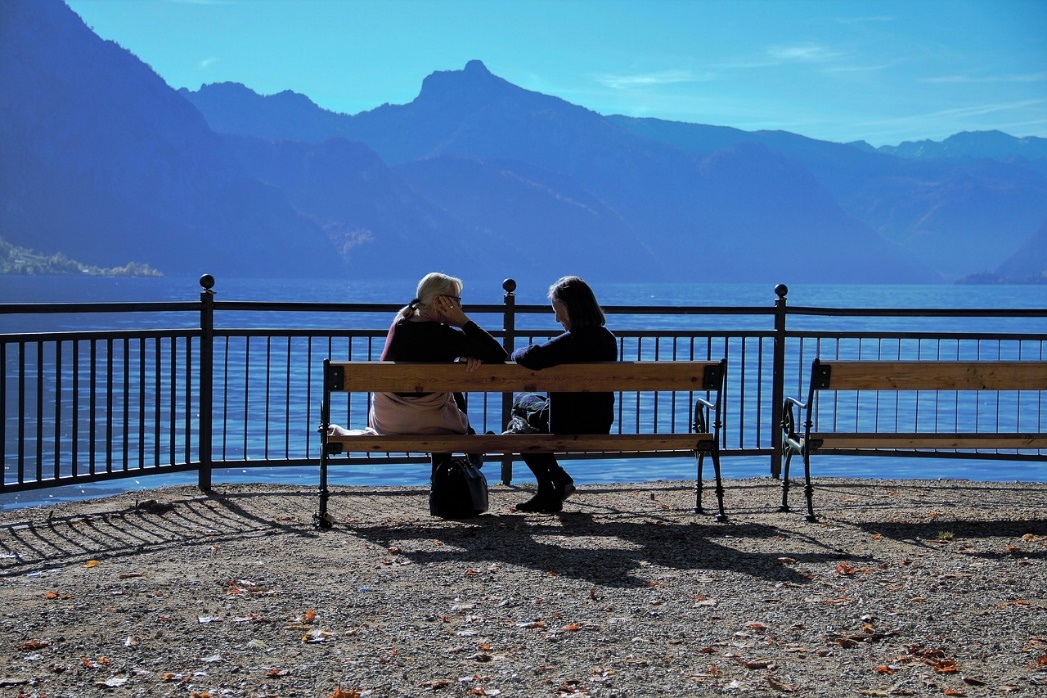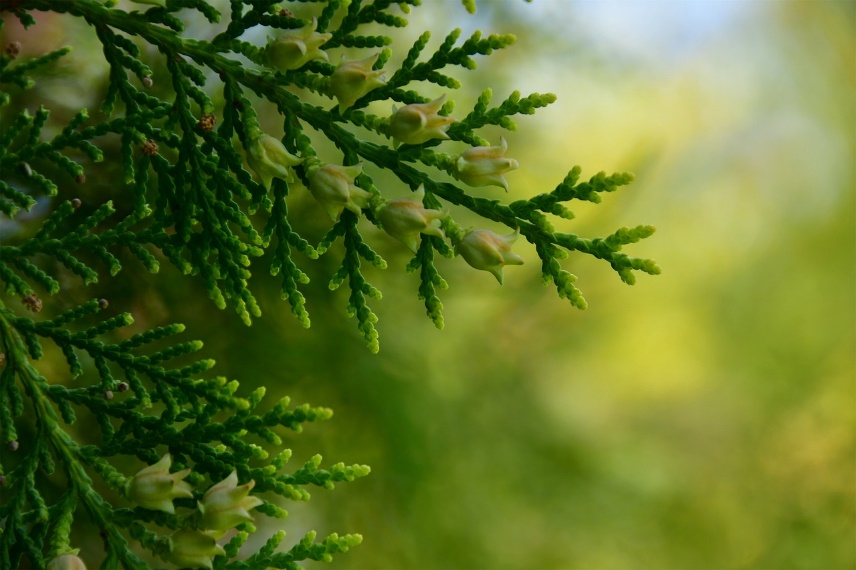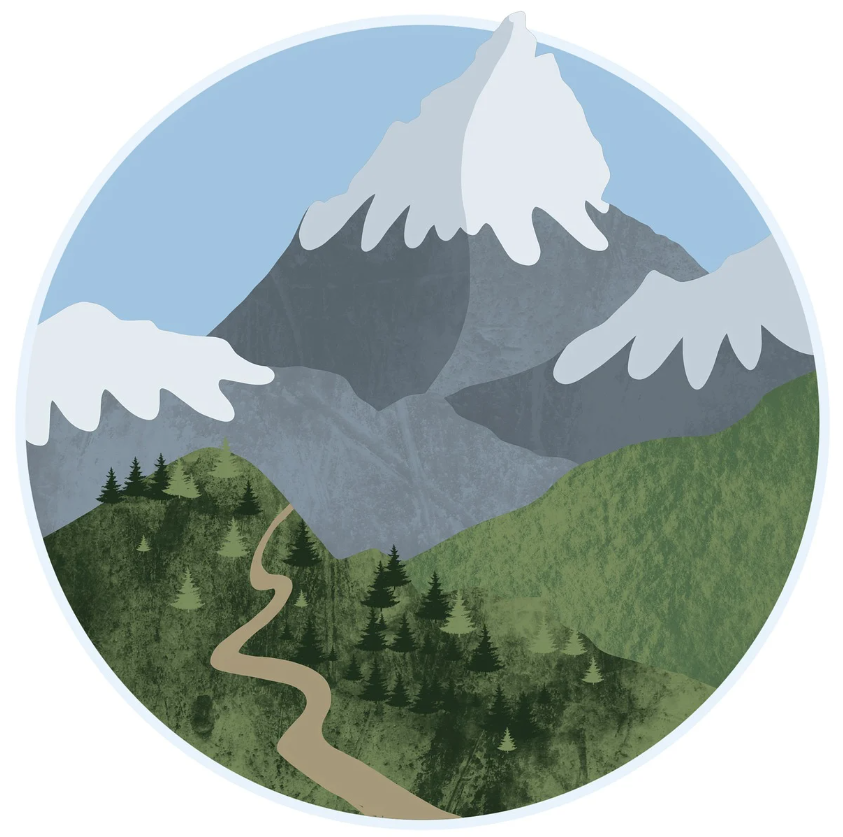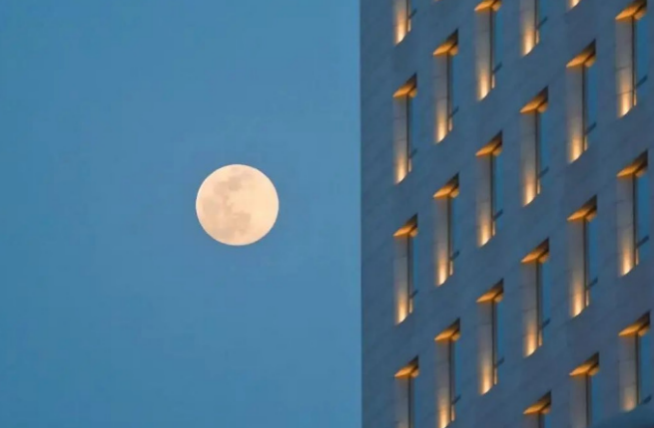The demands of modern life can often feel relentless, like a high-stakes game where the clock is always ticking. We navigate crowded commutes, tight deadlines, and constant digital noise, leaving many of us feeling perpetually stressed and seeking an escape. While science has long confirmed the power of direct interaction with nature – strolling through a forest or sitting by the ocean – to soothe our nerves and boost our mood, what if true relaxation were just a thought away? A fascinating new study suggests it might be, revealing that even the simple act of imagining nature can significantly reduce stress and promote a state of calm.

Think of stress as a tangled knot in your mind, or perhaps a notification-laden screen demanding your attention. Researchers in this study first put 50 university students through a difficult, stress-inducing task. Then, they gave the students different sets of words to imagine: some related to nature, like "mountain" or "forest," and others related to urban environments, such as "library" or "factory". The impact of these mental journeys was then carefully measured, looking at both the students' self-reported feelings and physiological indicators of stress. The results offered a clear picture: when students mentally pictured natural scenes, they felt notably more relaxed. Their bodies responded in kind, showing a slower heart rate and, significantly, an increase in heart rate variability (HRV). HRV, the tiny fluctuations in the time between heartbeats, is a key signal of a relaxed state, indicating the body is not in "fight or flight" mode. Interestingly, the study also found that individuals who already had a fondness for nature experienced an even deeper sense of relaxation when imagining it.

So, why does this mental trick work? It's more than just pleasant daydreaming. Imagining nature might act like a powerful mental filter, allowing us to momentarily tune out the "noise" of stress and reconnect with a sense of innate peace. It's like stepping out of a chaotic marketplace and into a quiet, hidden courtyard – even if that courtyard exists only in our mind. This resonates with the profound sentiment that nature is humanity's truest friend, offering a fundamental connection that elevates our state of mind. By simply closing our eyes and picturing a serene landscape – the gentle rustle of leaves, the vastness of the ocean, the quiet strength of a mountain – we tap into this deep-seated connection, creating a sanctuary within. This practice isn't about escaping reality permanently, but about cultivating an internal space of calm, a simple, light makeup for the mind, allowing our beautiful countenance to emerge.

For professionals and individuals navigating the demands of ages 20-50, this insight offers a remarkably accessible tool. You don't need a costly retreat or a long vacation to find a moment of peace. This study suggests you can access a state of relaxation right at your desk, on your commute, or before a challenging meeting. Consider integrating brief nature imagination breaks into your routine, much like a digital reset button for your brain. Just two or three minutes of vivid natural imagery can potentially shift your physiological state and sharpen your focus. While the study primarily focused on young adults, the underlying principle of connecting with nature for well-being is universal, suggesting a broad applicability.
Ultimately, the study highlights the extraordinary capacity of the human mind to influence our physical and emotional state. It reminds us that even in the most challenging environments – including perhaps for those unable to access nature physically, such as people in jail – an internal path to calm can be forged. By consciously choosing to invoke the peace of the natural world within our imagination, we unlock a simple, powerful mechanism for stress reduction and well-being, proving that sometimes, the most profound escapes are those we create ourselves.





